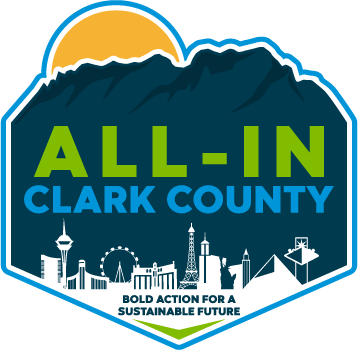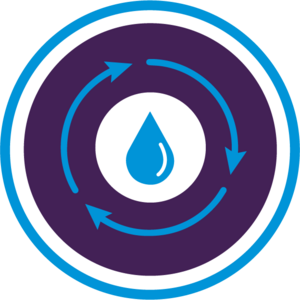Where We Stand
Our New Normal
Water is a precious resource that our region cannot afford to waste. Research suggests that Southern Nevada will continue to experience more intense and longer drought conditions fueled by climate change, which has a direct impact on our water supply. Fueled by drought and a reduction in snowpack within the Colorado River Basin, Lake Mead’s water level has declined steadily since the early 2000s. As of June 2022, water levels were at 28% of normal capacity, the lowest since it was filled in the 1930s. Drought also worsens water quality issues due to higher concentrations of nutrients and contaminants in the water, which has implications for water treatment systems and the health of natural ecosystems.
Leading by Example
Goodbye, Useless Grass
Nevada enacted a law in 2021 prohibiting SNWA to deliver water to irrigate decorative grass in streetscapes, medians, parking lots, and other areas where it does not serve a recreational or functional purpose. The law aims to help businesses conserve nearly 10% of Southern Nevada’s water supply and is estimated to save more than 9.5 billion gallons per year once fully enacted.
Are You All-In?
Conserve Water for a Thriving Future
Complying with water regulations can be easy with rebates and help from SNWA. Check out these resources!


